Products
-
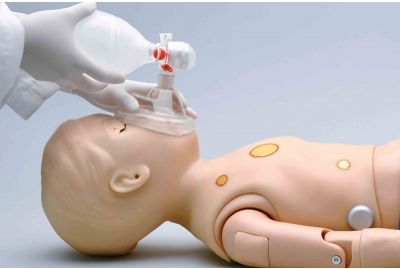 Pediatric HAL® S3004 - Wireless and Tetherless, One-Year-Old Patient SimulatorS3004.PKLearn More
Pediatric HAL® S3004 - Wireless and Tetherless, One-Year-Old Patient SimulatorS3004.PKLearn MorePediatric HAL® is a high-fidelity toddler patient simulator specifically designed to meet the needs of pediatric care training programs. Pediatric HAL can help your care teams improve teamwork and patient care through hands-on scenario-based training. Participants can practice and develop airway management, auscultation, ventilation, CPR, IV/IO placement skills, and more.
-
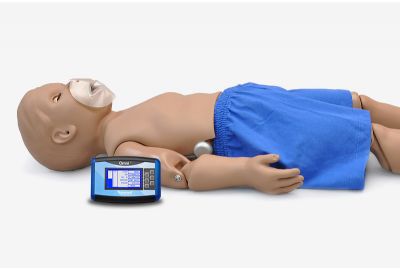 One-Year-Old CPR Patient Simulator with OMNI® (S114)S114.PKLearn MoreThe One-Year-Old CPR Patient Simulator with OMNI® is a full-body 1-year pediatric patient simulator designed to help participants practice and hone basic life support and CPR skills. Participants can work hands-on during chest compression and ventilation exercises while educators can monitor CPR performance and receive quality metrics in real-time with OMNI®.
One-Year-Old CPR Patient Simulator with OMNI® (S114)S114.PKLearn MoreThe One-Year-Old CPR Patient Simulator with OMNI® is a full-body 1-year pediatric patient simulator designed to help participants practice and hone basic life support and CPR skills. Participants can work hands-on during chest compression and ventilation exercises while educators can monitor CPR performance and receive quality metrics in real-time with OMNI®. -
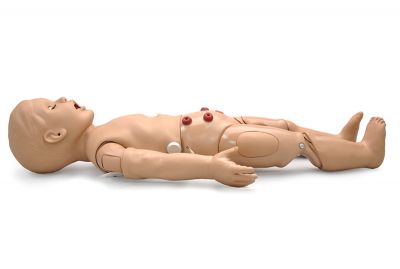 One-Year-Old Multipurpose Patient Simulator (S117)S117.PKLearn MoreThe One-Year-Old Multipurpose Patient Simulator is a full-body simulator designed to help participants train and develop pediatric nursing and resuscitation skills. The S117's features make it an effective training tool for CPR, intubation, suctioning, intensive care, trauma care, and general patient care exercises.
One-Year-Old Multipurpose Patient Simulator (S117)S117.PKLearn MoreThe One-Year-Old Multipurpose Patient Simulator is a full-body simulator designed to help participants train and develop pediatric nursing and resuscitation skills. The S117's features make it an effective training tool for CPR, intubation, suctioning, intensive care, trauma care, and general patient care exercises. -
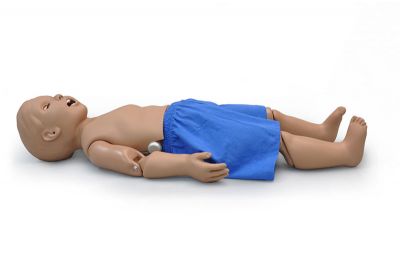 One-Year-Old PEDI® Nursing Care Patient Simulator (S115)S115.PKLearn MoreThe Mike® and Michelle® One-Year-Old PEDI® Nursing Care Patient Simulator allows participants to practice and develop neonatal nursing care skills. The S115 includes an intubatable airway, injection training arm, and an intraosseous injection leg so that participants can work hands-on during chest compression and ventilation exercises.
One-Year-Old PEDI® Nursing Care Patient Simulator (S115)S115.PKLearn MoreThe Mike® and Michelle® One-Year-Old PEDI® Nursing Care Patient Simulator allows participants to practice and develop neonatal nursing care skills. The S115 includes an intubatable airway, injection training arm, and an intraosseous injection leg so that participants can work hands-on during chest compression and ventilation exercises. -
 One-Year-Old CPR Patient Simulator (S111)S111.PKLearn MoreThe One-Year-Old CPR Patient Simulator is a full-body 1-year pediatric patient simulator designed to help participants practice and hone basic life support and CPR skills. Fully articulating head and jaw and realistic anatomical landmarks enable participants to work hands-on during chest compression and ventilation exercises.
One-Year-Old CPR Patient Simulator (S111)S111.PKLearn MoreThe One-Year-Old CPR Patient Simulator is a full-body 1-year pediatric patient simulator designed to help participants practice and hone basic life support and CPR skills. Fully articulating head and jaw and realistic anatomical landmarks enable participants to work hands-on during chest compression and ventilation exercises. -
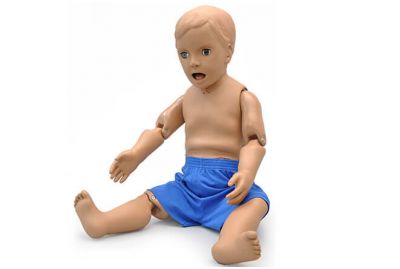 S110 MIKE® and MICHELLE® 1-Year Pediatric Care SimulatorS110.PKLearn More
S110 MIKE® and MICHELLE® 1-Year Pediatric Care SimulatorS110.PKLearn MoreThe MIKE® and MICHELLE® 1-Year Pediatric Care Simulator is a full-body 1-year pediatric patient simulator that can help participants learn and develop vital pediatric nursing skills, including trach care, catheterization, nasogastric intubation, and more.
-
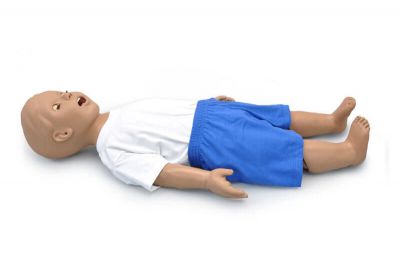 S312 1-Year Pediatric Airway TrainerS312.PKLearn MoreThe 1-Year-Old Patient Airway Trainer is a full-body neonatal manikin designed with a realistic chest cavity and airway that allows participants to practice correct intubation of infants and toddlers. Participants can use real tools to hone technique and reduce the potential for airway injury.
S312 1-Year Pediatric Airway TrainerS312.PKLearn MoreThe 1-Year-Old Patient Airway Trainer is a full-body neonatal manikin designed with a realistic chest cavity and airway that allows participants to practice correct intubation of infants and toddlers. Participants can use real tools to hone technique and reduce the potential for airway injury. -
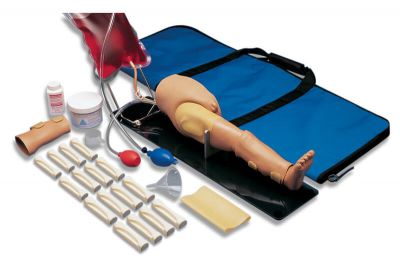 1-Year-Old Patient Intraosseous Infusion and Injection Leg Skills Trainer (S407)S407.PKLearn More
1-Year-Old Patient Intraosseous Infusion and Injection Leg Skills Trainer (S407)S407.PKLearn MoreThe MIKE® and MICHELLE® 1-Year-Old Patient Intraosseous Infusion and Injection Leg Skills Trainer simulates a one-year-old pediatric patient's leg for IV training exercises. The leg is attached to a half section of a lower torso. A replaceable tibial bone lies under a smooth outer skin and is molded with anatomic landmarks for teaching intraosseous access and infusion. A femoral vein/ artery pair and an intramuscular injection site are included.
-
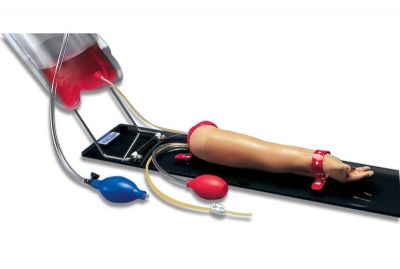 1-Year-Old Patient Injection Training Arm (S406)S406.PKLearn MoreThe 1-Year-Old Patient Injection Training Arm simulates the arm of a one-year-old for neonatal IV training. The lifelike veins support multiple needle sticks to ensure participants can hone skills in pediatric IV administration, phlebotomy, and drug administration.
1-Year-Old Patient Injection Training Arm (S406)S406.PKLearn MoreThe 1-Year-Old Patient Injection Training Arm simulates the arm of a one-year-old for neonatal IV training. The lifelike veins support multiple needle sticks to ensure participants can hone skills in pediatric IV administration, phlebotomy, and drug administration. -
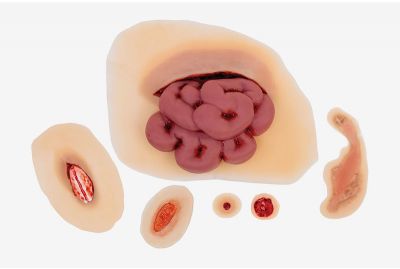 Disaster & Vehicular Trauma Wound Kits (WK170 & WK175)WK170 & WK175Learn More
Disaster & Vehicular Trauma Wound Kits (WK170 & WK175)WK170 & WK175Learn MoreThe Disaster & Vehicular Trauma Wound Kits can simulate various traumatic injuries commonly seen in emergencies, including burns, fractures, lacerations, and gunshot wounds. These wounds can be used with many Gaumard® trauma simulators to add realism to emergency care training programs. Participants can assess the severity of the wounds, formulate a treatment plan, and work hands-on to practice treating severe injuries.
